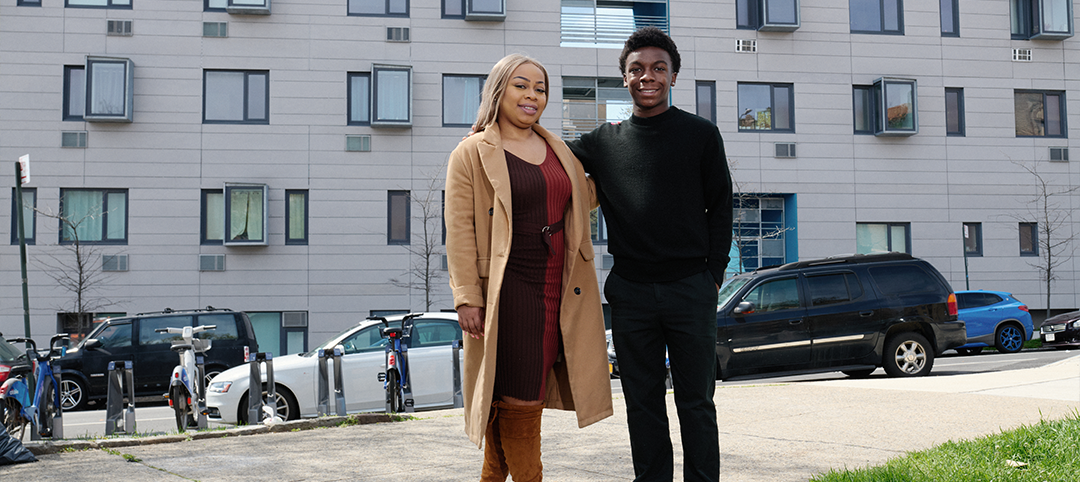By Karen Haycox, Habitat NYC CEO
When President Johnson signed the Civil Rights Act of 1968, also known as the Fair Housing Act, 53 years ago this month, he remarked that few in the country “believed that fair housing would, in our time, become the unchallenged law of this land. And, indeed, this bill has had a long and stormy trip.”
In February of this year, the Biden Administration extended Fair Housing protections to LGBTQ+ communities. Under the new guidance implementing a Supreme Court decision from June, the U.S. Department of Housing and Urban Development will investigate complaints made under the Fair Housing Act by people “who alleged discrimination because of gender identity or sexual orientation.” Lesbian, gay, bisexual, transgender, queer, and questioning (LGBTQ) youth are 120% more likely to experience homelessness than non-LGBTQ peers.
If progress comes in fits and starts, then the extension of LGBTQ protections under the Fair Housing Act is a step toward reducing discrimination, undeniably a win worth celebrating on our long and stormy trip. At the same time, we are wise to heed Dr. King’s warning when, in 1967, he wrote, “Laws are passed in a crisis mood…but no substantial fervor survives the formal signing (of the legislation). The recording of the law in itself is treated as the reality of the reform.” The question before us; for LGTBQ communities, and for all communities; is, are we making progress toward a more equitable, just democracy?
If we take the Black-white home ownership gap as our proxy for progress, and we do here for simplicity’s sake, then we still have promises to keep, with miles to go before we sleep. The Black homeownership rate has barely budged since the late 1960s while white households have made steady gains. Only 44 percent of Black households own their homes compared with nearly 74 percent of white ones. The Black-white wealth gap tells a similar story. In 1968, a typical middle-class white household had roughly $71,000 in wealth and a typical Black household had roughly $7,000 in wealth, ten times less; in 2019 the gap was roughly $188,200 to $24,000, eight times less.
For most of the 20th century, America has leaned heavily on homeownership as a means of building equity and wealth, primarily subsidized through federal tax policy and the Mortgage Interest Deduction (MID). In 2019, MID cost the federal government $196 billion dollars and overwhelmingly benefited high-income (white) households “that likely would own their homes anyway.”
For Americans at the lower end of the income spectrum, government support and funding sources for affordable rental housing have dwarfed support for ownership opportunities. Decades of racist redlining policies prevented most families of color from entering the housing market and depressed generational wealth and homeownership rates. If ownership equals equity, then we have failed in more ways than one.
A better balance of policies should invest more federal, state, and local resources in affordable homeownership opportunities for working families to build equity. To start, we should increase funding for the creation and preservation of affordable homeownership opportunities, replace the MID with a first-time homebuyer tax credit for moderate-income households, and recognize housing as infrastructure vital to our health, economy, and environment.
In the immediate term, the Restoring Communities Left Behind Act provides $5 billion to increase home ownership, spur job creation, and increase access to affordable housing through shared equity models, community land banks, and land trusts. It’s a good bill that should be included in any final infrastructure package. Thinking of affordable homeownership as infrastructure for equity will take us another step closer to shrinking and eliminating racial, gender, and LGBTQ wealth gaps. Only then, perhaps, will an end be in sight to our long and stormy trip.
Karen Haycox is CEO of Habitat for Humanity NYC and President of the Habitat NYC Community Loan Fund.
